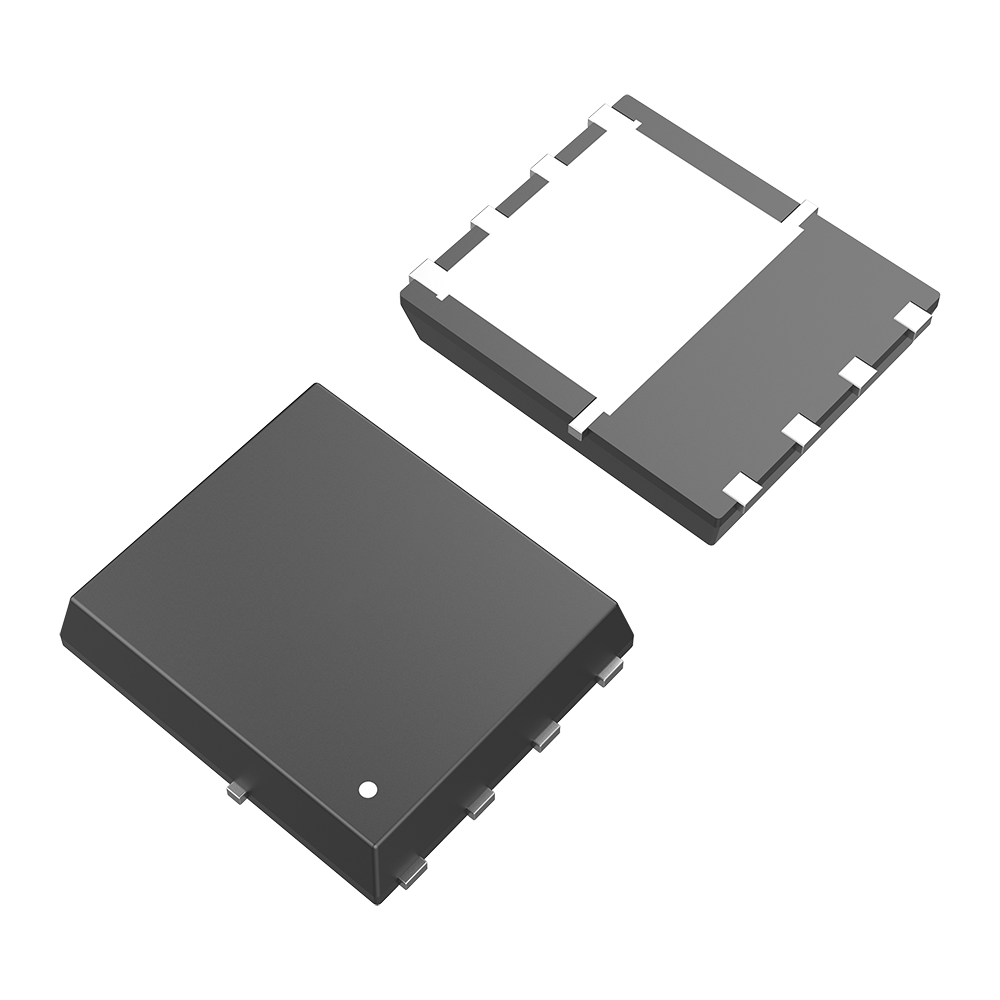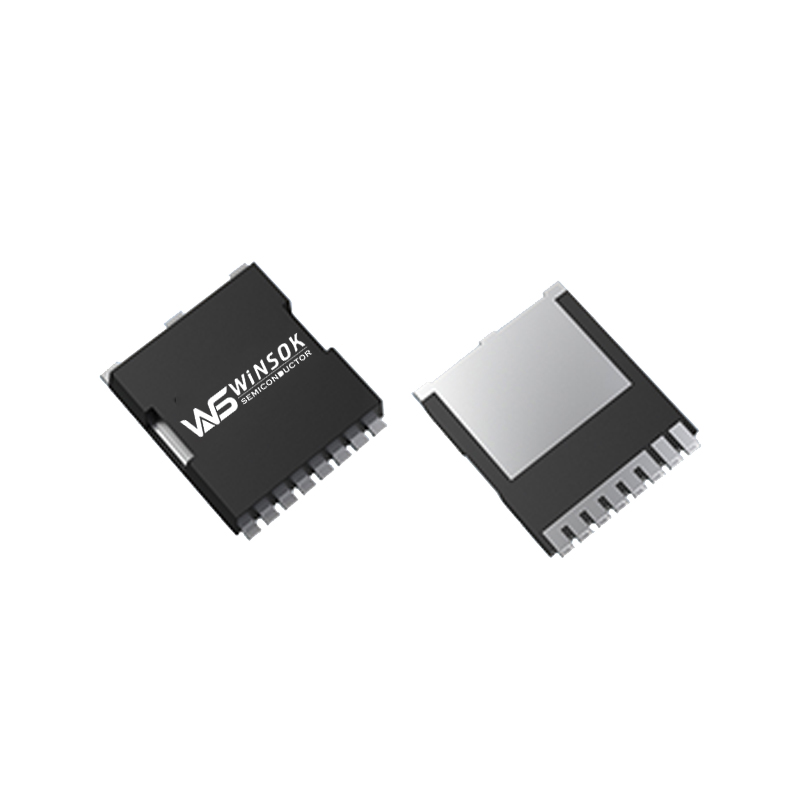We use cookies to enhance your experience. By continuing to browse this site you agree to our use of cookies. More info.
This article discusses the fundamentals of MOSFET transistors, their operational principles, and their distinct advantages over other transistor technologies. By highlighting the unique characteristics and benefits of the MOSFET transistor, this article intends to emphasize its pivotal role in advancing modern electronic systems. N Channel And P Channel Mosfet

Image Credit: F P i X/Shutterstock.com
Metal-oxide-semiconductor field-effect transistors (MOSFETs) have revolutionized the world of electronics due to their remarkable performance and widespread applications. The MOSFET transistor is a cornerstone of modern electronics, playing a crucial role in powering various devices ranging from smartphones and computers to automobiles and space exploration equipment.
A MOSFET is a three-terminal semiconductor device composed of a source, a drain, and a gate. Its core architecture consists of a metal gate electrode separated from the semiconductor channel by a thin insulating layer, usually made of silicon dioxide (SiO2). The interaction between the gate voltage and the charge carriers within the channel controls the current flow, enabling MOSFETs to operate as voltage-controlled devices.
MOSFETs operate based on the field-effect transistor principle, wherein the channel current is modulated by an electric field produced by the voltage applied to the gate terminal. The gate voltage determines the extent of the electric field, either enhancing or depleting the concentration of charge carriers within the channel. This modulation allows MOSFETs to act as efficient switches or amplifiers, facilitating the precise control of electrical signals.
Compared to BJTs, MOSFETs offer several advantages. First, MOSFETs consume significantly less power as they operate predominantly in the voltage domain. This characteristic makes them ideal for portable devices and energy-efficient applications. They possess a higher input impedance, reducing loading effects on the driving circuitry. Furthermore, MOSFETs exhibit faster switching speeds, enabling high-frequency operation and improved performance in digital circuits.
In contrast to JFETs, MOSFETs provide superior performance in terms of size, power consumption, and manufacturing yield. They allow for scaling down to smaller dimensions, facilitating the integration of a higher number of devices on a single chip. Additionally, MOSFETs can be operated in both enhancement and depletion modes, providing greater flexibility in circuit design.
MOSFETs and IGBTs serve distinct purposes: MOSFETs excel in low-voltage and high-frequency applications, while IGBTs are well-suited for high-voltage and high-power scenarios. MOSFETs offer faster switching speeds, lower conduction losses, and simpler drive circuitry. However, IGBTs exhibit lower switching losses and higher short-circuit withstand capability. The choice between the two depends on the specific requirements of the application.
MOSFETs offer exceptional power efficiency due to their low on-resistance and negligible static power consumption. This efficiency reduces heat generation and longer battery life in portable devices. Furthermore, MOSFETs exhibit minimal power dissipation during switching, enabling efficient operation in high-frequency applications.
They can be fabricated with extremely small dimensions, allowing for high-density integration on semiconductor chips. The continuous advancement of MOSFET manufacturing processes, such as shrinking feature sizes and utilizing advanced materials, enables the production of integrated circuits with an ever-increasing number of transistors. This miniaturization and integration capability contribute to the development of smaller, more powerful electronic devices.
MOSFETs exhibit excellent noise immunity, making them suitable for high-performance analog and digital circuits. The insulating oxide layer between the gate and channel acts as a barrier against external electrical noise, resulting in enhanced signal integrity and reduced susceptibility to interference. This characteristic is particularly advantageous in applications that require accurate signal processing and reliable data transmission.
They offer rapid switching speeds, enabling fast response times and efficient operation in digital systems. The ability to switch on and off quickly facilitates high-speed data processing, making MOSFETs well-suited for applications such as microprocessors, memory devices, and communication systems. Moreover, the reduced switching times result in lower power losses during transitions, contributing to overall energy efficiency.
MOSFETs have excellent thermal stability, allowing them to operate reliably across a wide temperature range. This characteristic is vital in applications that are exposed to varying environmental conditions or require consistent performance under high operating temperatures. The robust thermal characteristics of MOSFETs contribute to their longevity and suitability for demanding industrial and automotive applications.
In a recent study by Guodong et al., the authors developed a knowledge-based neural network (KNN) modeling approach. By modeling the geometrical variables with physics-based analytical equations and the other input variables of the device with an artificial neural network, this method isolated the geometrical variables from the other input variables of the device. The KNN model benefitted from the neural network's automated numerical fitting capabilities and the device physics' geometrical scalability. The developed KNN model exhibited an accuracy gain of about 20% compared to the conventional neural network model.
MoS2 field-effect transistors and circuits were experimentally constructed for model validation, including ring oscillators, standard cells, and functional logic circuits. Both silicon MOSFET and innovative 2D material MoS2 FETs were treated using the KNN approach.
In another recent study by Shujun et al., the team developed a symmetric-source/drain vertical gate-all-around (GAA) MOSFET fabrication technique. Additionally, a novel architectural 3D integrated circuit (IC) with stacking ultraviolet GAA (UVGAA)-based devices (CMOS and/or SRAM) in the vertical direction was created. The authors also created a high-integration 3D logic IC based on stacked lateral GAA (SGLAA) MOSFETs and a fabrication method for SLGAA MOSFETs in the vertical direction.
A potential issue with GAA MOSFETs and the viability and benefits of SLGAA MOSFETs were examined. The groundwork for subsequent-generation integrated circuits (ICs) was laid by these innovative 3D architectures with vertical stacking of elements.
Another study published in the journal Physical Review Applied provided a thorough examination of the electrical structure of monolayer β-TeO2 and the device performance of sub-10-nm MOSFETs based on this material, which was motivated by the successful fabrication of 2D β-TeO2 and the high on: off ratio and high air stability of previously manufactured FETs. The anisotropy of the transport properties for MOSFETs was significantly influenced by the monolayer β-TeO2's anisotropic electronic structure. According to the International Roadmap for Devices and Systems (IRDS) 2020 goals for high-performance devices, the team demonstrated that the 5.2-nm gate-length n-type MOSFET sustains a very high on-state current surpassing 3700 µA/µm, which was facilitated by the highly anisotropic electron effective mass.
In terms of on-state current, subthreshold swing, delay time, and power-delay product, monolayer β-TeO2 MOSFETs could achieve the IRDS 2020 goals for both high-performance and low-power devices. In the future of nanoelectronics, monolayer β-TeO2 was proved to be a promising contender for ultra-scaled devices.
Over the years, MOSFET transistors have emerged as a fundamental building block of modern electronics. Understanding the basics of MOSFETs, including their operational principles and advantages over other transistor technologies, is essential for engineers, researchers, and enthusiasts in the field of electronics. With their high efficiency, miniaturization capabilities, noise immunity, fast switching speeds, and temperature stability, MOSFETs continue to drive advancements in electronic devices, realizing smaller, more powerful, and energy-efficient systems.
In conclusion, MOSFETs represent a significant milestone in transistor technology, propelling the development of innovative electronic devices across various industries. By capitalizing on their unique characteristics and advantages, MOSFETs have paved the way for advancements in portable electronics, telecommunications, automotive systems, and many other domains. As technologies continue to evolve, MOSFETs will undoubtedly play a pivotal role in shaping the future of electronics, offering new possibilities and pushing the boundaries of achievable goals.
More from AZoM: The Positive Relationship Between AI and The Semiconductor Industry
QI, G., et al. (2023). Knowledge-based neural network SPICE modeling for MOSFETs and its application on 2D material field-effect transistors. Information Sciences, 66(122405), 1-10. https://doi.org/10.1007/s11432-021-3483-6
Ye, S., et al. (2023). Stacked Lateral Gate-All-Around Metal–Oxide–Semiconductor Field-Effect Transistors and Their Three-Dimensional Integrated Circuits, Silicon, 15, 2467-2478. https://doi.org/10.1007/s12633-022-02190-9
Guo, S., et al. (2022). High-Performance and Low-Power Transistors Based on Anisotropic Monolayer β-TeO2. Physical Review Applied, 17, 064010. https://doi.org/10.1103/PhysRevApplied.17.06401
Disclaimer: The views expressed here are those of the author expressed in their private capacity and do not necessarily represent the views of AZoM.com Limited T/A AZoNetwork the owner and operator of this website. This disclaimer forms part of the Terms and conditions of use of this website.
Please use one of the following formats to cite this article in your essay, paper or report:
Cheriyedath, Susha. (2023, May 24). MOSFETs and Their Advantages Over Other Transistors. AZoM. Retrieved on December 18, 2023 from https://www.azom.com/article.aspx?ArticleID=22700.
Cheriyedath, Susha. "MOSFETs and Their Advantages Over Other Transistors". AZoM. 18 December 2023. <https://www.azom.com/article.aspx?ArticleID=22700>.
Cheriyedath, Susha. "MOSFETs and Their Advantages Over Other Transistors". AZoM. https://www.azom.com/article.aspx?ArticleID=22700. (accessed December 18, 2023).
Cheriyedath, Susha.2023. MOSFETs and Their Advantages Over Other Transistors.AZoM, viewed 18 December 2023, https://www.azom.com/article.aspx?ArticleID=22700.
Do you have a review, update or anything you would like to add to this article?
In this interview, AZoM speaks to Bruker Optics about the different ways IR light can be used in semiconductors.
At The Greener Manufacturing Show 2023, we spoke with KUORI CEO and Founder Sarah Harbarth about the growth and ambitions of the company as it develops its novel materials.
In this interview, AZoM talks to Geoff Downing and Mark Mattison from Thermo Fisher Scientific and Entegris, respectively, about semiconductors and their importance, manufacture and how gas analysis factors into these processes.
Specac’s Power Hydraulic Press Series are available in 8 Ton, 15 Ton and 25 Ton load configurations.
The SamplerSight Pharma from PMS is an easy-to-use software for batch sampling.
Allectra's latest bimetallic CF component series, featuring innovative Titanium CF Flanges linked with Aluminum Tubes, promises to revolutionize the design of Aluminum chambers.
The global semiconductor market has entered an exciting period. Demand for chip technology is both driving the industry as well as hindering it, with current chip shortages predicted to last for some time. Current trends will likely shape the future of the industry, which is set to continue to show
The primary distinction between graphene-based batteries and solid-state batteries lies in the composition of either electrode. Although the cathode is commonly changed, carbon allotropes can also be employed in fabricating anodes.
In recent years, the IoT is rapidly being introduced into almost all sectors, but it has particular importance in the EV industry.
AZoM.com - An AZoNetwork Site

8 Bit 32 Bit Microcontroller Owned and operated by AZoNetwork, © 2000-2023